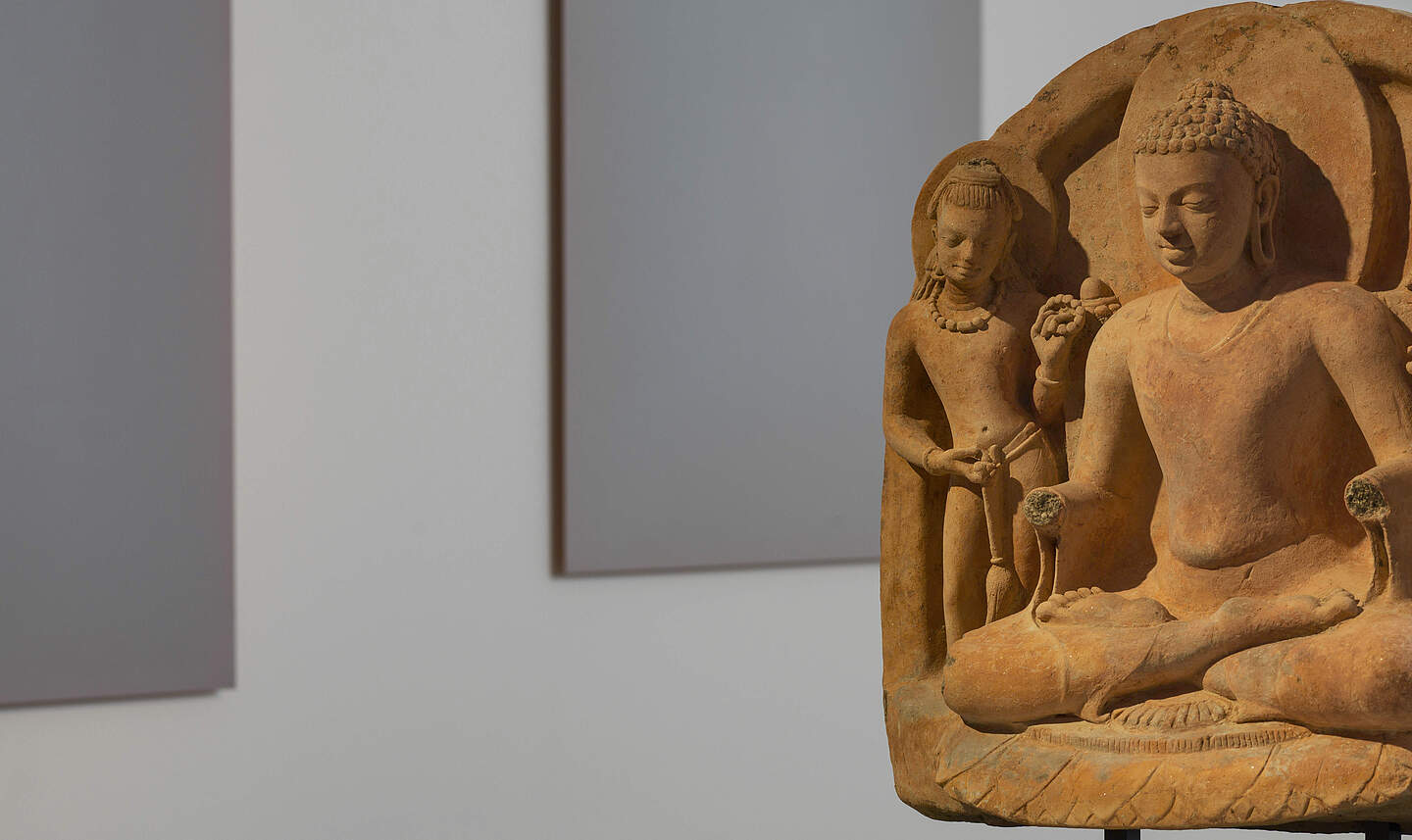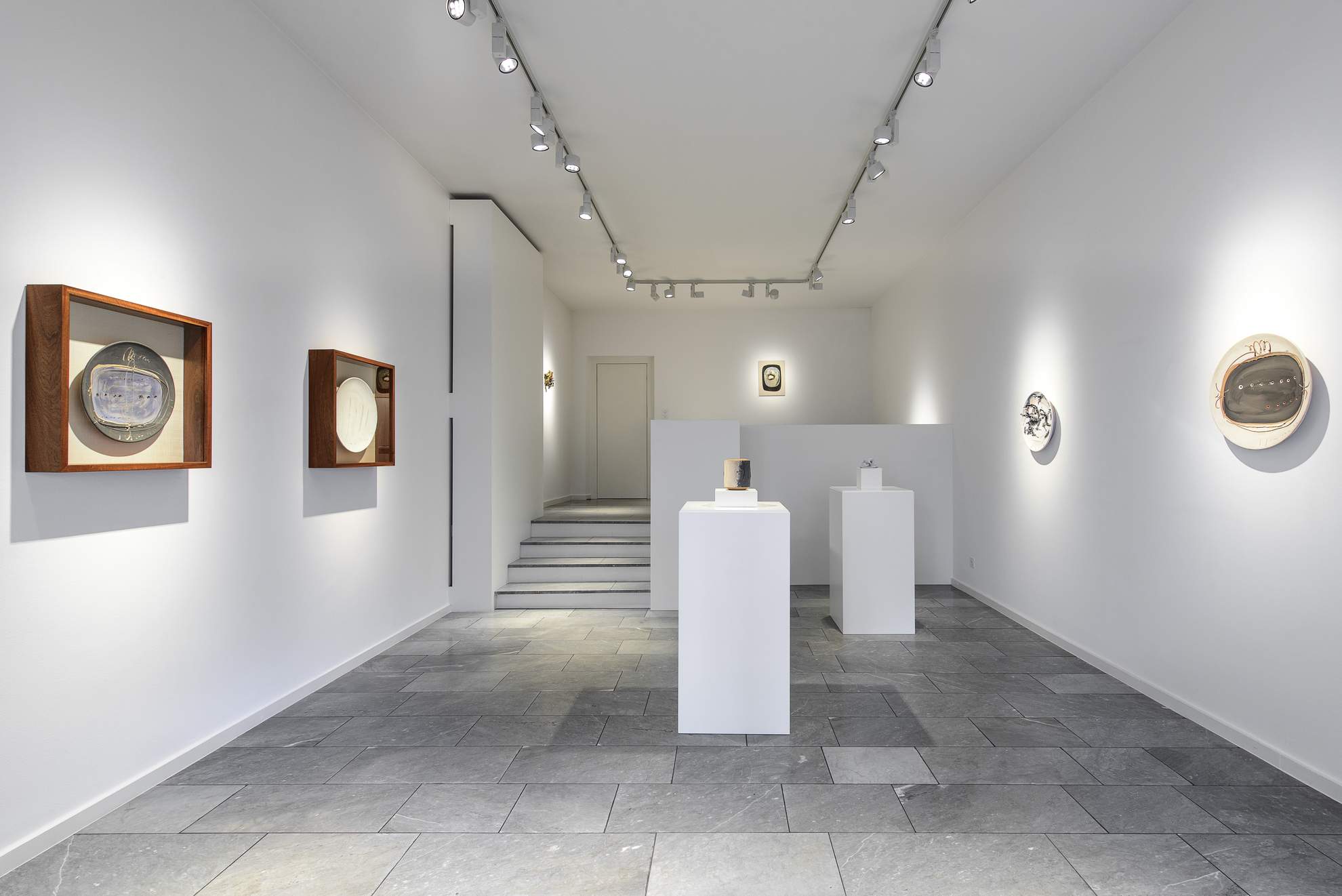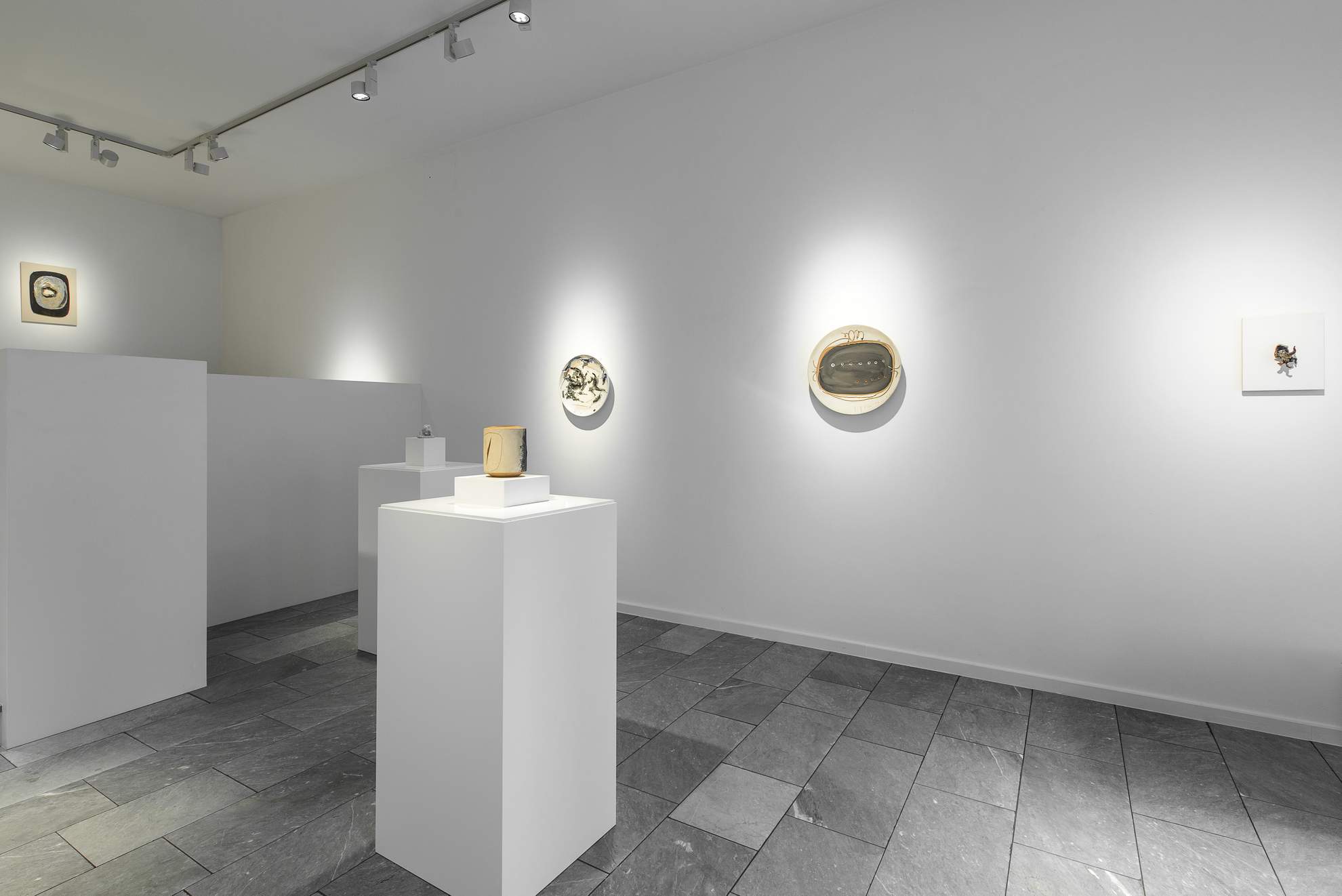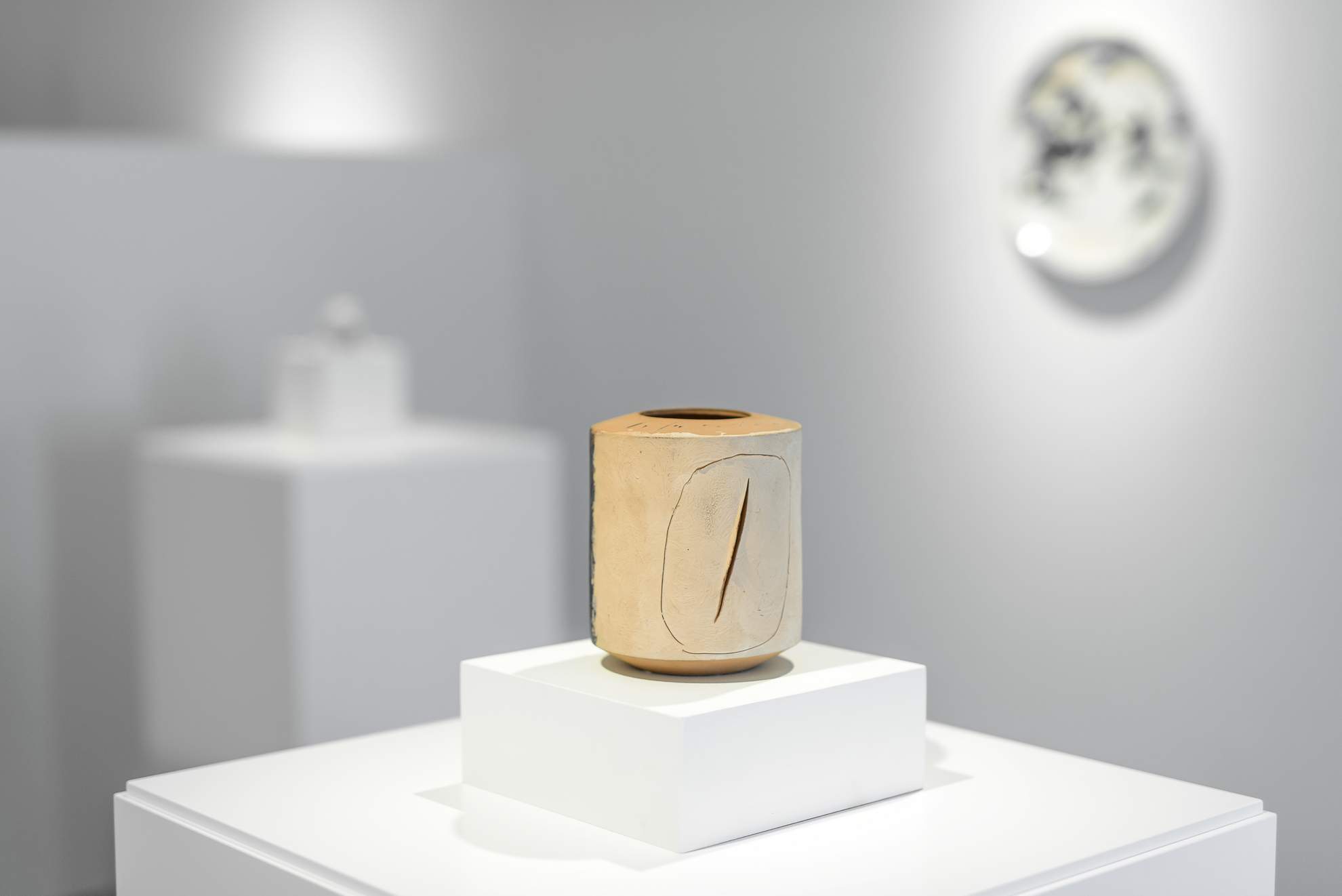
Lucio Fontana - Ceramics
Zurich
With his spatial concepts and his redefinition of specific materials and dimensions, Argentinian-Italian artist Lucio Fontana (1899-1968) is one of the most distinctive and popular artist personalities of post-war modernism. His extreme canvases, impelled into three-dimensionality, and his sculptures, similarly altered in their materiality, were not only groundbreaking for his contemporaries, but also for ensuing generations of artists.
In his ceramics,
he followed the same criteria as in painting...
Son of a sculptor, in his early years Fontana spent time in his father's workshop, already taking a keen interest in sculpture. He developed this interest parallel to his painting, his sculptural œuvre being similarly positioned between representation and abstraction. In his ceramics, he followed the same criteria as in painting, remaining consistent in the rendering of his concepts; thus he demonstrated the equality of material and genre with that of painting. His ceramics – whether coloured terra-cotta, porcelain or glazed ceramic, whether shaped, perforated or illuminated by iridescent glaze – represent his search for the fine line between painting and sculpture.
His works are characterised by their autonomy, by seeking, defining and moving the line between the static point and the spatial dimension. In his ceramics, the surface treatment evinces a further manifestation of avant-garde ideas, through additional treatment of the material and the transformation of the original significance of the material. Whether in the rough immediacy of modelling by hand or in the perforated, slashed and painted ceramic works, the burst of creativity which places the material above the figuration is always evident. This makes Fontana an important precursor of informel and abstract trends.
On the ground floor of the Paradeplatz premises, Galerie Dierking is showing a choice selection of ceramics from private collections, ranging from a very early figurative, rare erotic work (Nudo feminile, 1941) created by Fontana in his father's workshop in Rosario di Santa Fé, through a modelled, glazed ceramic, to the well-known Concetti Spaziale in the form of a plate and a vase – and thus right up to the 1960s.
Lucio Fontana - Ceramics
Zurich
In his ceramics,
he followed the same criteria as in painting...
With his spatial concepts and his redefinition of specific materials and dimensions, Argentinian-Italian artist Lucio Fontana (1899-1968) is one of the most distinctive and popular artist personalities of post-war modernism. His extreme canvases, impelled into three-dimensionality, and his sculptures, similarly altered in their materiality, were not only groundbreaking for his contemporaries, but also for ensuing generations of artists.
Son of a sculptor, in his early years Fontana spent time in his father's workshop, already taking a keen interest in sculpture. He developed this interest parallel to his painting, his sculptural œuvre being similarly positioned between representation and abstraction. In his ceramics, he followed the same criteria as in painting, remaining consistent in the rendering of his concepts; thus he demonstrated the equality of material and genre with that of painting. His ceramics – whether coloured terra-cotta, porcelain or glazed ceramic, whether shaped, perforated or illuminated by iridescent glaze – represent his search for the fine line between painting and sculpture.
His works are characterised by their autonomy, by seeking, defining and moving the line between the static point and the spatial dimension. In his ceramics, the surface treatment evinces a further manifestation of avant-garde ideas, through additional treatment of the material and the transformation of the original significance of the material. Whether in the rough immediacy of modelling by hand or in the perforated, slashed and painted ceramic works, the burst of creativity which places the material above the figuration is always evident. This makes Fontana an important precursor of informel and abstract trends.
On the ground floor of the Paradeplatz premises, Galerie Dierking is showing a choice selection of ceramics from private collections, ranging from a very early figurative, rare erotic work (Nudo feminile, 1941) created by Fontana in his father's workshop in Rosario di Santa Fé, through a modelled, glazed ceramic, to the well-known Concetti Spaziale in the form of a plate and a vase – and thus right up to the 1960s.
IMPRINT
© DIERKING 2025





